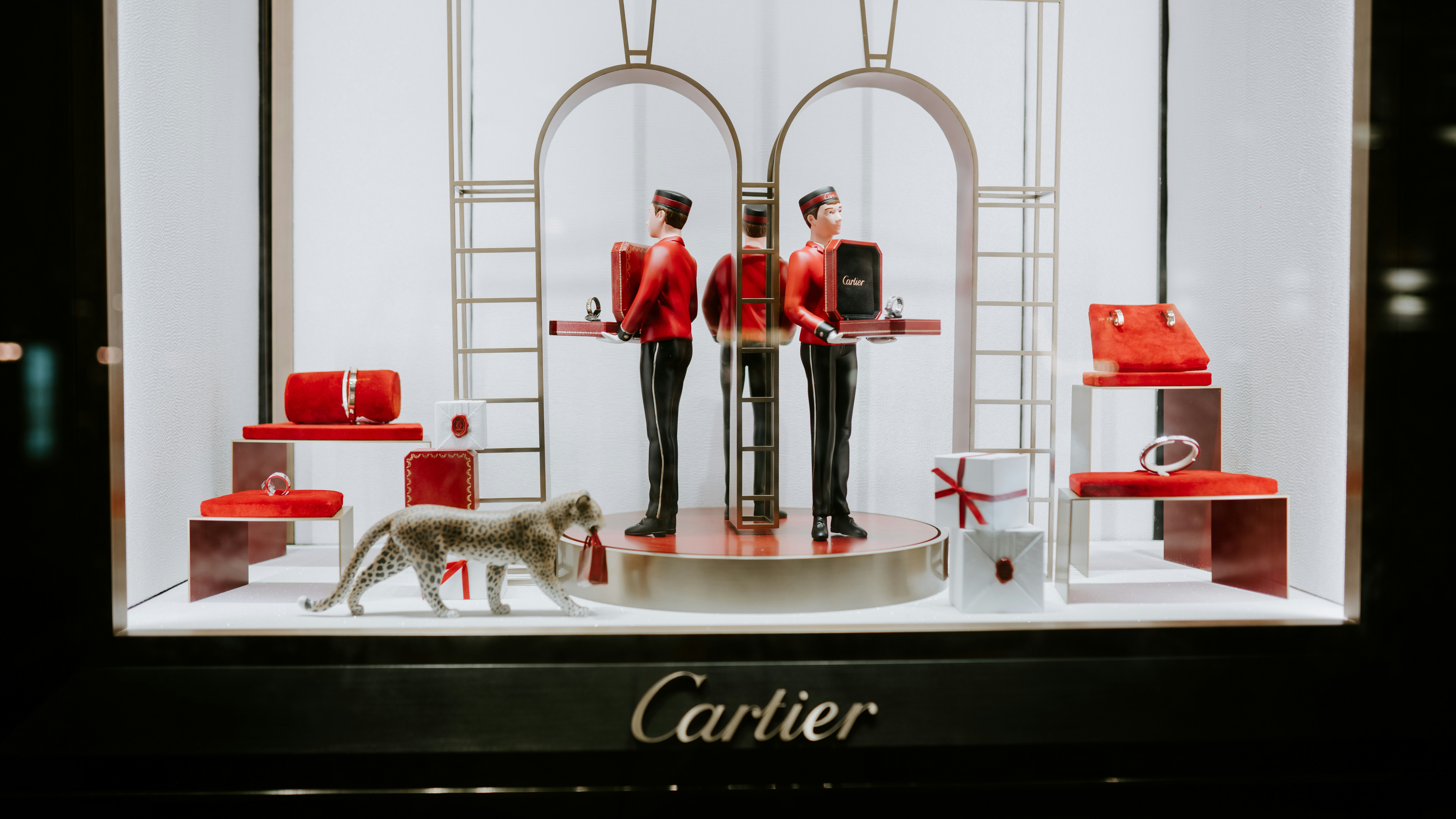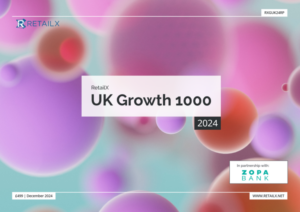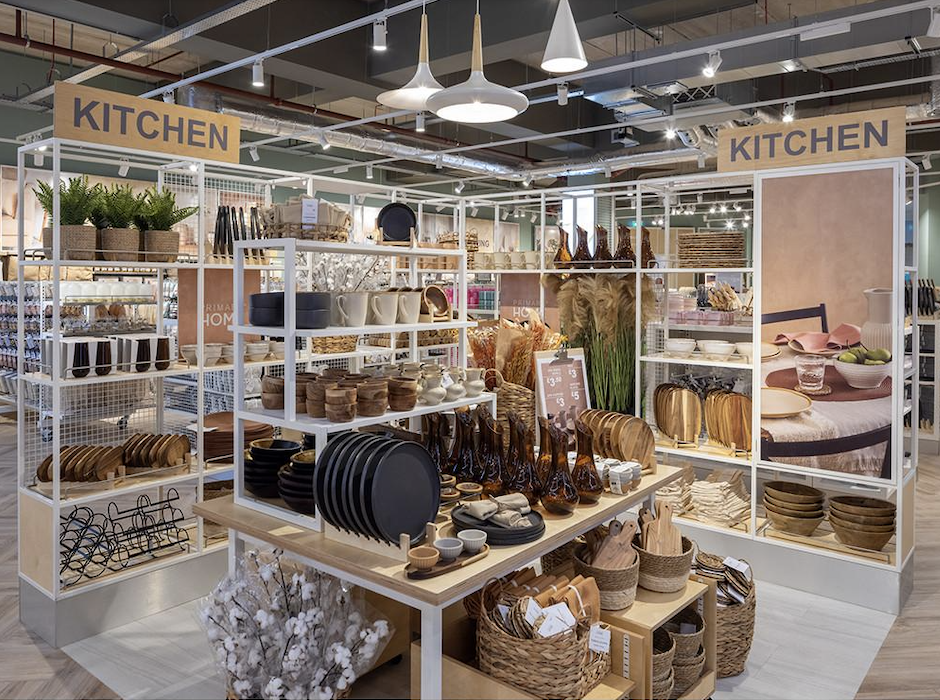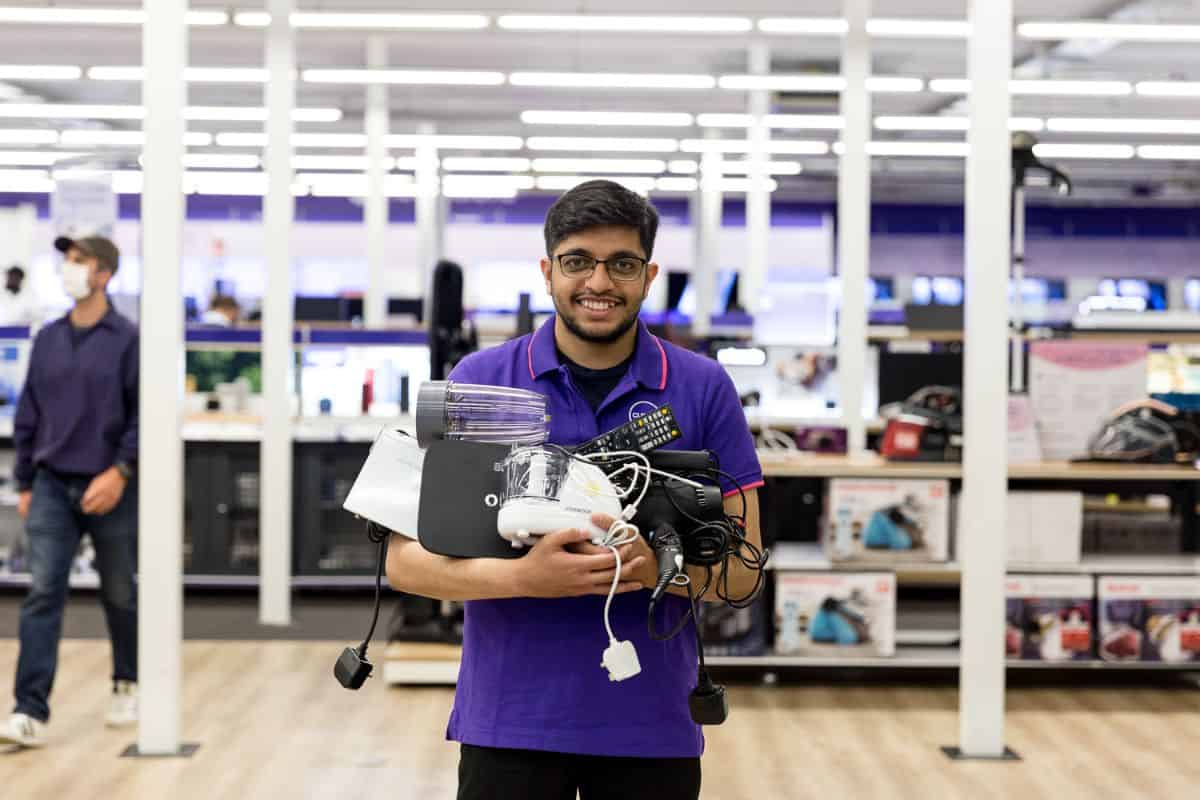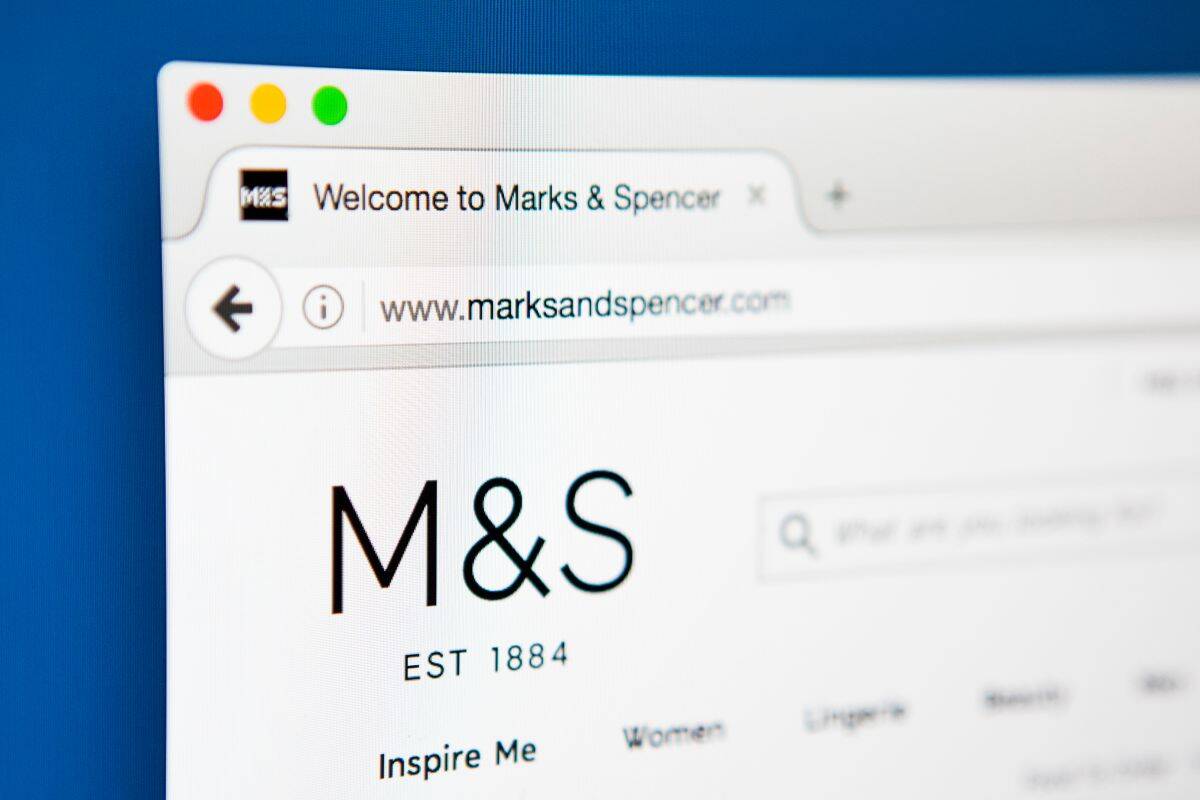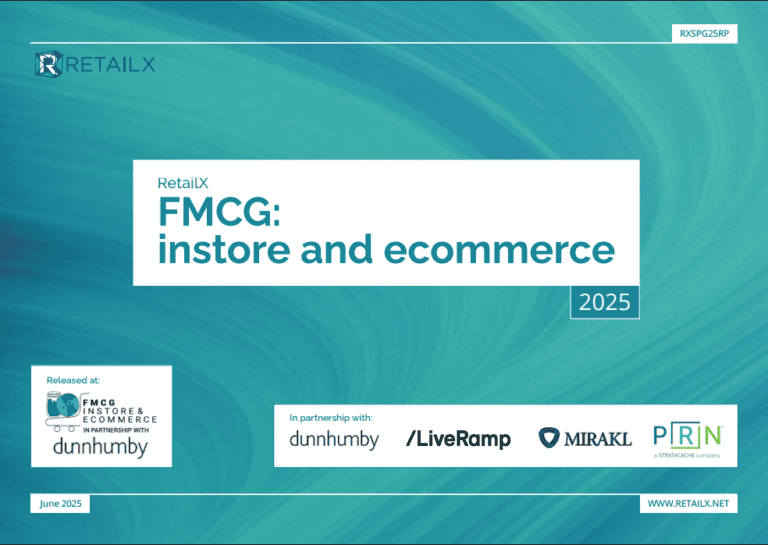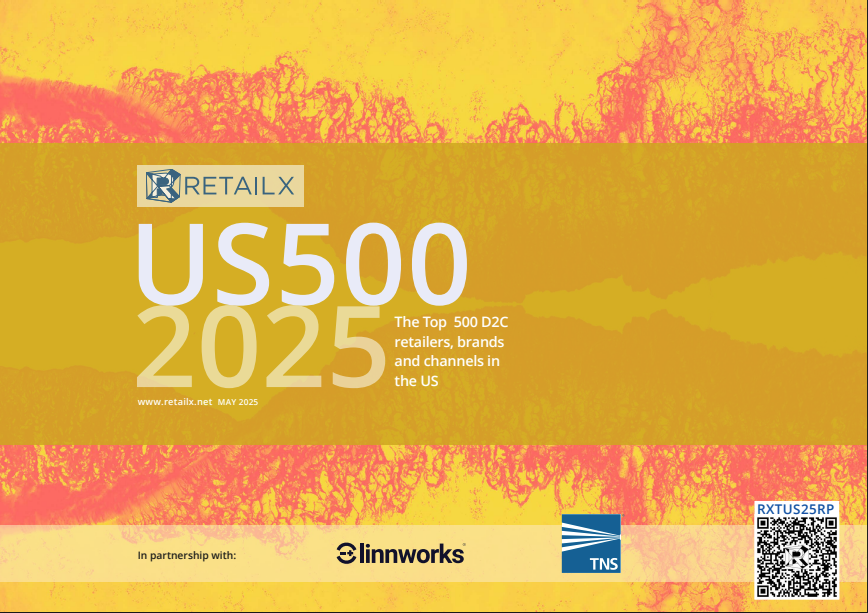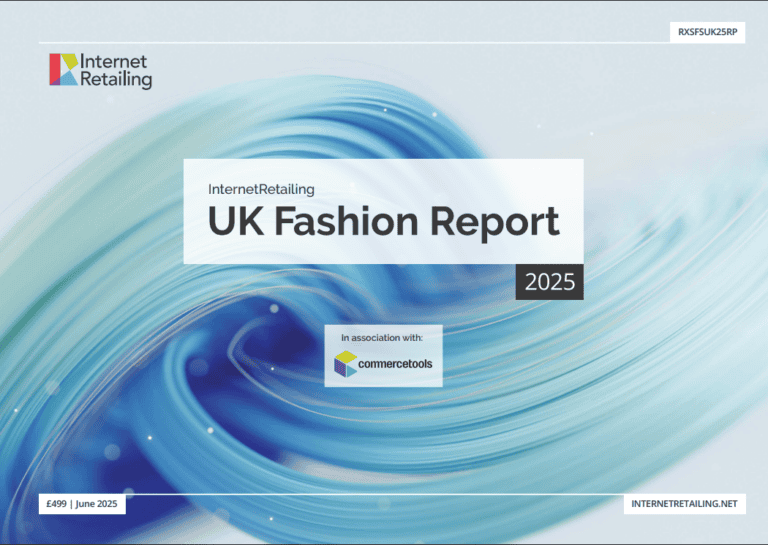As demand for Cartier helped its owner Richemont achieve stronger than expected sales in the final three months of 2024, the RetailX UK Growth 1000 looks at Cartier’s ability to be profitable by selling relatively few items at a healthy margin.
Founded in 1847 by Louis-François Cartier, French luxury goods conglomerate Cartier is one of the most recognisable luxury brands in the world. The company designs, manufactures and sells jewellery, leather goods and eyewear, although it’s best known for its timepieces. Cartier was family-owned until 1964 but is now a subsidiary of the Swiss Richemont Group.
While few British consumers can afford many of its products – the cheapest Tank Louis Cartier Watch on its UK website is £6,700 – the nature of its range is such that Cartier can be profitable by selling relatively few items at a healthy margin.
Cartier operates from eight locations in London, which is more than the number of outlets in the whole of Germany. It combines a presence in upmarket shopping locales such as New Bond Street and Sloane Street with outlets in Harrods, Selfridges and at Heathrow.
While you might assume that many of its larger value sales are secured at these locations, Cartier nevertheless has a slick website that makes it quick and easy to shop from a range that includes relatively affordable luxury items such as perfumes and tableware. For those with the wherewithal to buy top-end designer jewellery, it’s necessary to book an appointment with an ‘ambassador’.
Get to the site’s elegantly understated yet clear contact page and the options include being able to book virtual appointments, ‘call a diamond expert’ or receive assistance via WhatsApp. Promoting its brand values, the company’s sponsorships encompass art and music – next year, there will even be a V&A exhibition celebrating its history. The Cartier Women’s Initiative supports “highly influential women entrepreneurs” around the world.
In 2022, Cartier and Kering launched the Watch & Jewellery Initiative 2030, which has three objectives: building climate resilience, preserving resources and fostering inclusiveness. This is part of the company promoting its training of the next generation of craftspeople.
While there’s sometimes cynicism at these kinds of initiatives, the reality of keeping a luxury brand at the forefront of the market is that customers who can easily shop elsewhere often look for evidence of, using the term in its widest sense, corporate social responsibility.
In terms of Cartier’s performance, sales at parent company Richemont’s Swiss three jewellery “Maisons” (Cartier, Buccellati and Van Cleef & Arpels) stood at €7.1bn, up 2% year-on-year. The company says this performance was “driven by direct-to-client sales”, but there are presumably pressures on margins. “Higher raw material costs, particularly gold, were only partly mitigated by the positive impact of limited price increases,” noted the company in its 2024 interim report.
It will be intriguing to see how the company performs in the UK in 2025. Will the country’s economic issues have an impact or will Cartier’s wealthy customers shake off such concerns?
This is one of 10 company profiles in the RetailX Growth1000 Report 2024. Calendar Club, Chemist4U, Harvey Nichols, Quiz, Dusk, CGP, Furniture 123, Mobile Fun and Pop in a Box are all looked at in detail.
The wider report examines the strategic and economic landscape, incorporating insights from ConsumerX to understand evolving consumer behaviour.
Stay informed
Our editor carefully curates two newsletters a week filled with up-to-date news, analysis and research, click here to subscribe to the FREE newsletter sent straight to your inbox and why not follow us on LinkedIn to receive the latest updates on our research and analysis.
